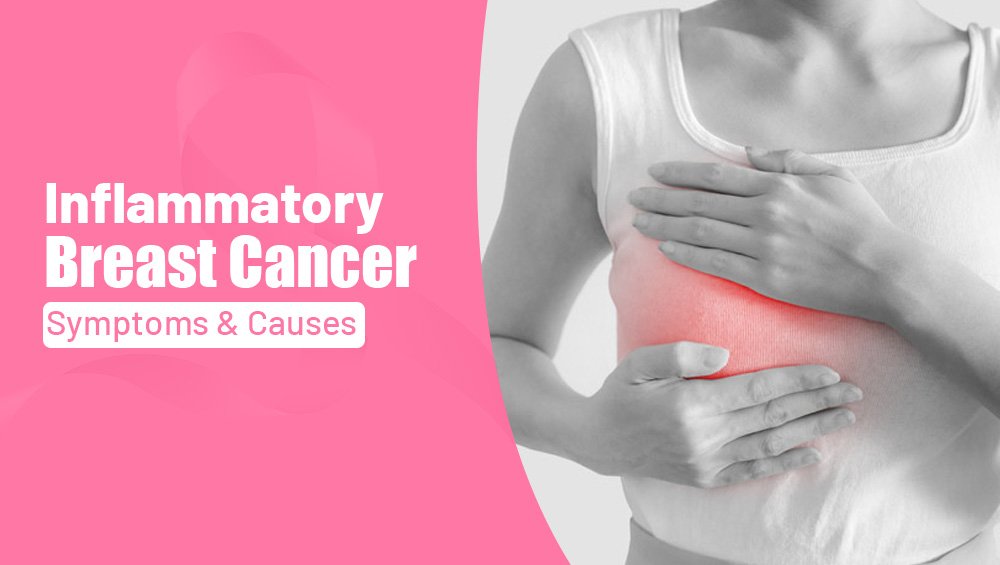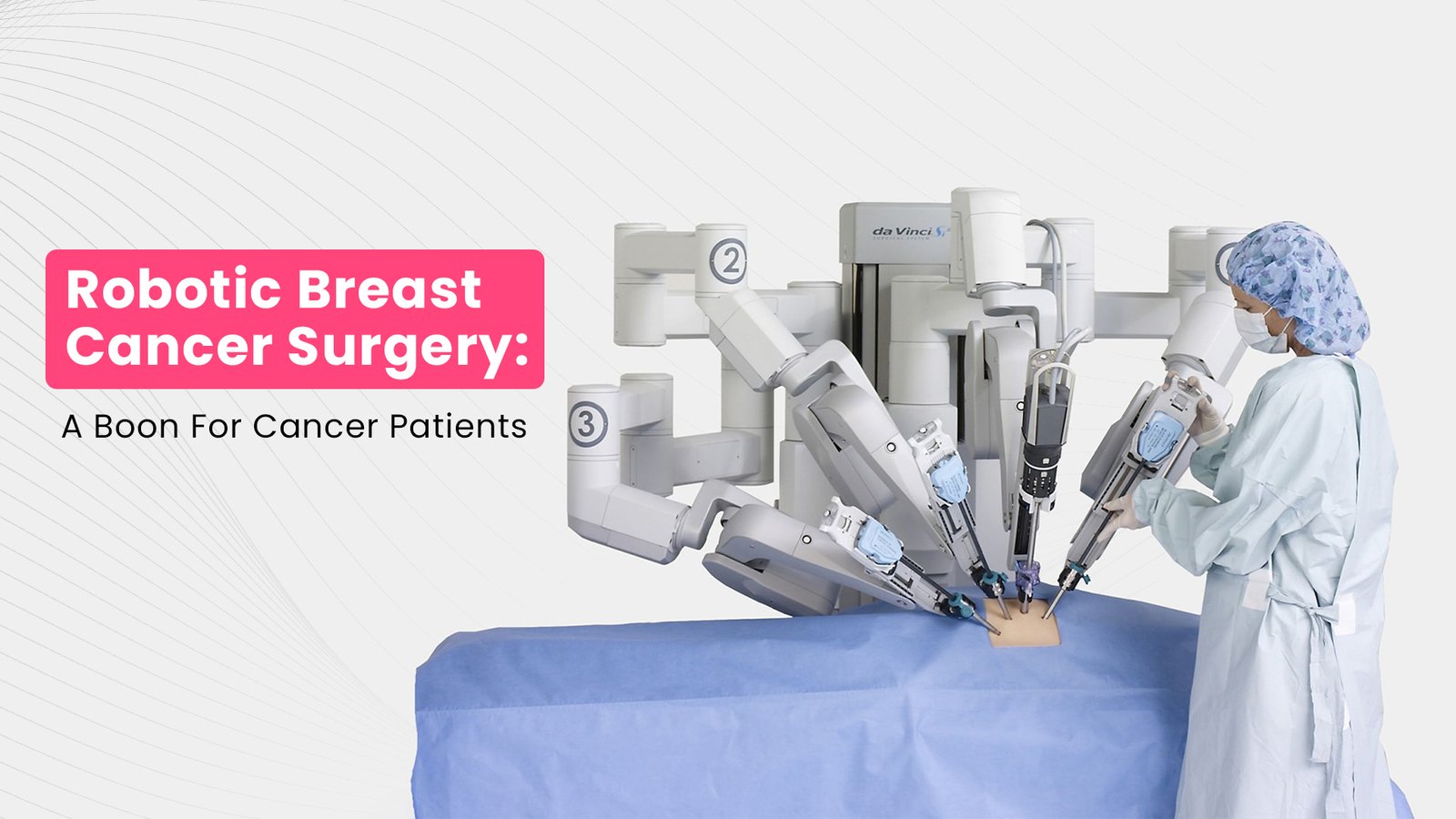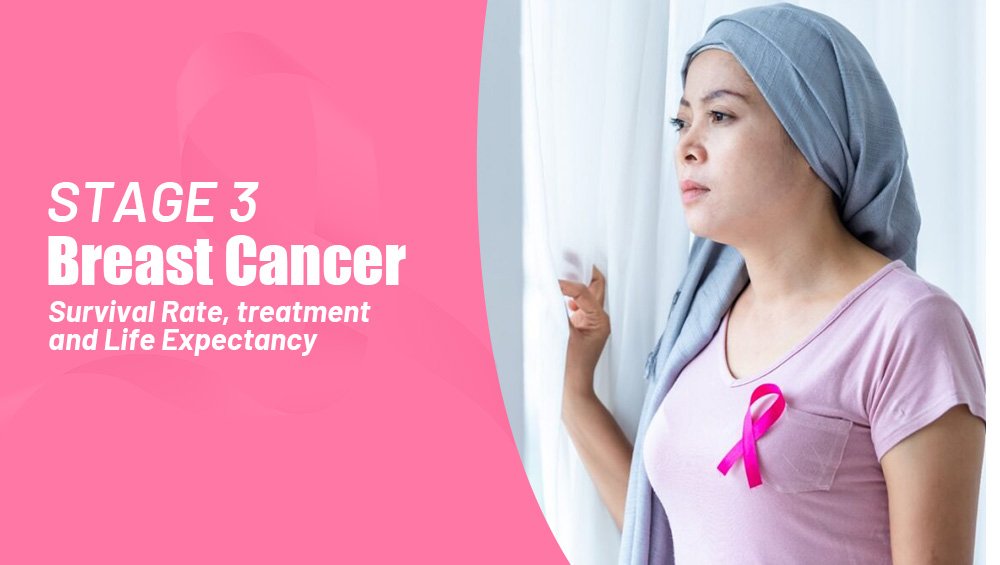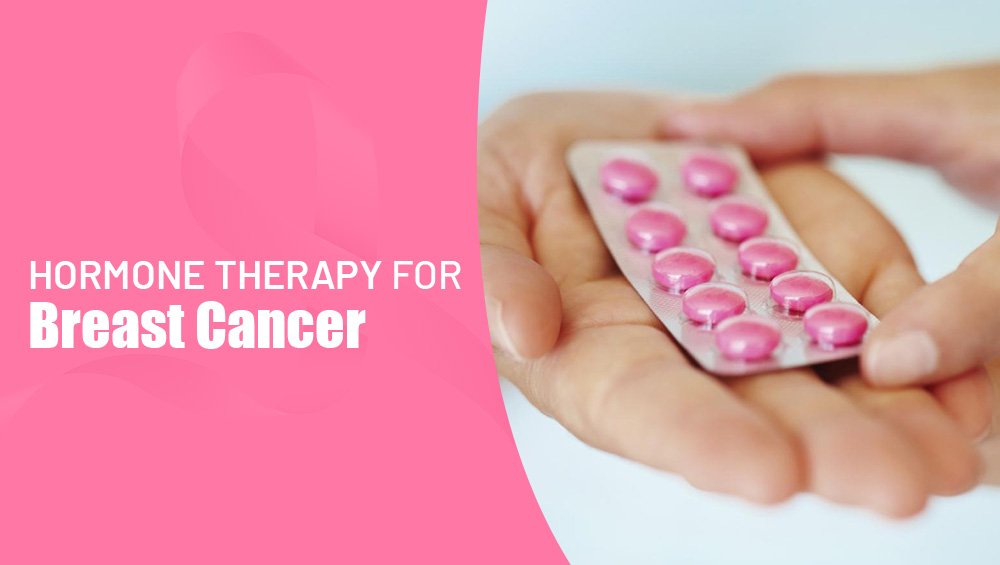
Inflammatory breast cancer is a rare and aggressive form of breast cancer that can be difficult to detect and diagnose. Unlike other types of breast cancer, inflammatory breast cancer typically does not present as a lump or mass but instead causes the breast to become red, swollen, and inflamed.
In terms of mortality rates, IBC has a poorer prognosis compared to other types of breast cancer. According to the American Cancer Society, the five-year relative survival rate for women with IBC is around 40%, compared to an overall five-year relative survival rate of 90% for all types of breast cancer combined. This is due in part to the fact that IBC is often diagnosed at a more advanced stage when it has already spread to other parts of the body.
In addition to being rare, IBC can be difficult to diagnose because it often does not present with a lump or mass that can be felt during a breast exam. Instead, symptoms of IBC can include redness, swelling, and warmth in the breast, as well as a dimpling or pitted appearance of the skin.
This article will explore the symptoms and causes of inflammatory breast cancer, as well as how it is diagnosed and treated. Understanding this form of breast cancer is important for early detection and effective treatment, as early intervention can greatly improve the chances of a successful outcome.
Symptoms of Inflammatory breast cancer
The symptoms of inflammatory breast cancer (IBC) can differ from those of other types of breast cancer. IBC symptoms tend to develop quickly, over a period of weeks or months, and may include:
Redness or discolouration of the breast: The breast may appear reddish or purplish, with a warm, swollen, or tender feeling.
Thickening or ridges in the skin: The skin of the breast may become thickened or have ridges or raised areas that look like an orange peel.
Pain or tenderness: The breast may be painful or tender to the touch.
Swelling or enlargement of the breast: The affected breast may become larger than the other breast.
Inverted nipple: The nipple may be pulled inward or look flattened.
Lymph node swelling: The lymph nodes under the arm or around the collarbone may become swollen or tender.
It is important to note that these symptoms can be indicative of other breast conditions as well, and not all women with these symptoms will have IBC.
However, if you are experiencing any of these symptoms, it is important to see your doctor for a diagnosis and evaluation, especially if the symptoms have developed quickly or are not improving. Early detection and treatment of IBC can improve the chances of successful treatment and recovery.
Common Causes & Risk Factors of IBC
The exact causes of inflammatory breast cancer (IBC) are not fully understood. However, there are several factors that may increase a woman’s risk of developing IBC. These include:
Genetics and inherited mutations: Certain gene mutations, such as BRCA1 and BRCA2, are known to increase a woman’s risk of breast cancer, including IBC.
Environmental and lifestyle factors: Exposure to certain environmental toxins and chemicals, such as those found in tobacco smoke, may increase the risk of developing IBC. Obesity, a sedentary lifestyle, and a diet high in saturated fat may also contribute to an increased risk.
Hormonal imbalances: Changes in hormone levels, such as those that occur during pregnancy and menopause, may increase the risk of IBC. Additionally, some types of hormone replacement therapy (HRT) have been linked to an increased risk of breast cancer, including IBC.
Relationship with other breast cancer subtypes: IBC is considered a distinct subtype of breast cancer, but it may also be related to other subtypes. Some research has suggested that IBC may be related to triple-negative breast cancer, which does not have receptors for estrogen, progesterone, or HER2.
Diagnosis and Treatment of IBC
Diagnosis of IBC typically involves a combination of clinical evaluation, imaging studies, and biopsy. A physical exam of the breast, including a breast self-exam, is usually the first step in diagnosing IBC. Mammography, ultrasound, and magnetic resonance imaging (MRI) are often used to evaluate the breast tissue and surrounding lymph nodes. However, these imaging studies may not always show the characteristic features of IBC, such as skin thickening and redness.
A biopsy is usually necessary to confirm the diagnosis and determine the type of cancer cells involved. In IBC, the cancer cells often block the lymphatic vessels in the breast, which causes inflammation and swelling. Therefore, a skin punch biopsy or a biopsy of the breast tissue and surrounding lymph nodes may be necessary to obtain a definitive diagnosis.
Treatment
IBC is typically treated with a combination of chemotherapy, surgery, and radiation therapy. Treatment usually begins with neoadjuvant chemotherapy, which is chemotherapy given before surgery to shrink the tumour and reduce the risk of recurrence.
After neoadjuvant chemotherapy, surgery is usually performed to remove the affected breast (mastectomy) and surrounding lymph nodes. In some cases, a breast-conserving surgery (lumpectomy) may be possible if the tumour is small and has responded well to chemotherapy.
After surgery, radiation therapy is often given to the chest wall and lymph nodes to kill any remaining cancer cells. Additional chemotherapy may also be recommended, depending on the stage and aggressiveness of cancer.
In some cases, targeted therapy may be used to treat IBC. For example, HER2-positive IBC can be treated with targeted drugs such as trastuzumab (Herceptin) and pertuzumab (Perjeta), which specifically target HER2-positive cancer cells.
Overall, the treatment of IBC is complex and requires a multidisciplinary approach involving a team of medical professionals, including medical oncologists, radiation oncologists, and breast surgeons. The treatment plan will depend on the individual patient’s stage of cancer, overall health, and other factors.
Final Thoughts
Inflammatory breast cancer is an aggressive form of breast cancer that requires immediate medical attention. Although its symptoms can mimic those of an infection, it is important to seek medical help if you experience sudden changes in the appearance or texture of your breast, such as redness, warmth, and swelling. Early diagnosis and treatment are crucial to improving your chances of survival. With ongoing research and advancements in treatment, there is hope for those affected by this disease.
Remember, staying informed and taking action can make all the difference when it comes to your health.











